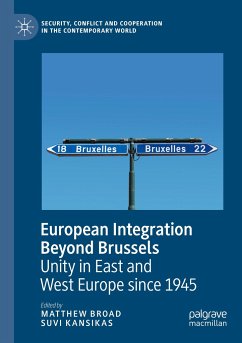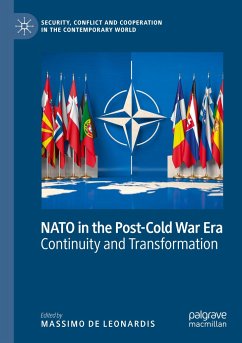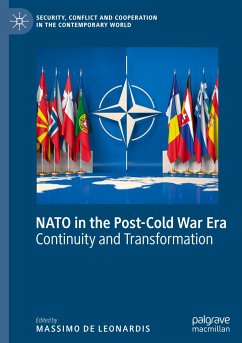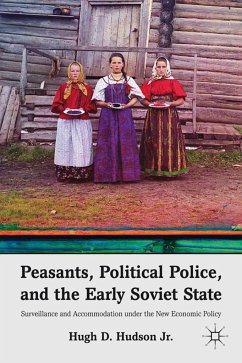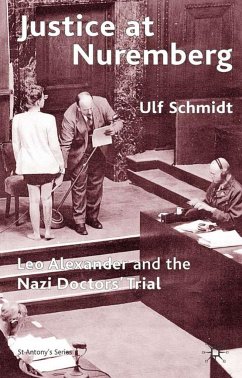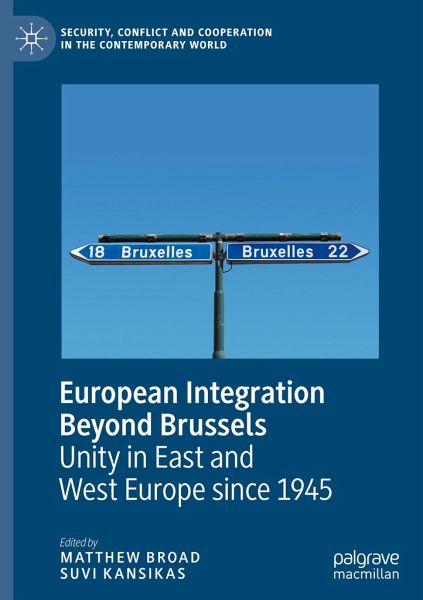
European Integration Beyond Brussels
Unity in East and West Europe Since 1945
Herausgegeben: Broad, Matthew; Kansikas, Suvi

PAYBACK Punkte
57 °P sammeln!
Europe is a continent whose history has, in one form or another, long been dominated by integration. And yet the European integration process is often treated as synonymous with the evolution of just one particular, and until recently geographically quite limited, Western-centred organisation: the European Union (EU). This trend obscures the multitude of ways European states have acted collectively on both sides of the Iron Curtain - and continue to do so throughout the continent today. With contributors drawn from history and political science, this book explores some of these diverse integra...
Europe is a continent whose history has, in one form or another, long been dominated by integration. And yet the European integration process is often treated as synonymous with the evolution of just one particular, and until recently geographically quite limited, Western-centred organisation: the European Union (EU). This trend obscures the multitude of ways European states have acted collectively on both sides of the Iron Curtain - and continue to do so throughout the continent today. With contributors drawn from history and political science, this book explores some of these diverse integration efforts 'beyond Brussels'. We shine a light on international organisations, trade frameworks, and various political, social, scientific and cultural forms of unity in both Eastern and Western Europe. In so doing, the book seeks to redefine the history of the European integration process not only as a less purely EU-centric phenomenon but as a less strictly Western European one too.





